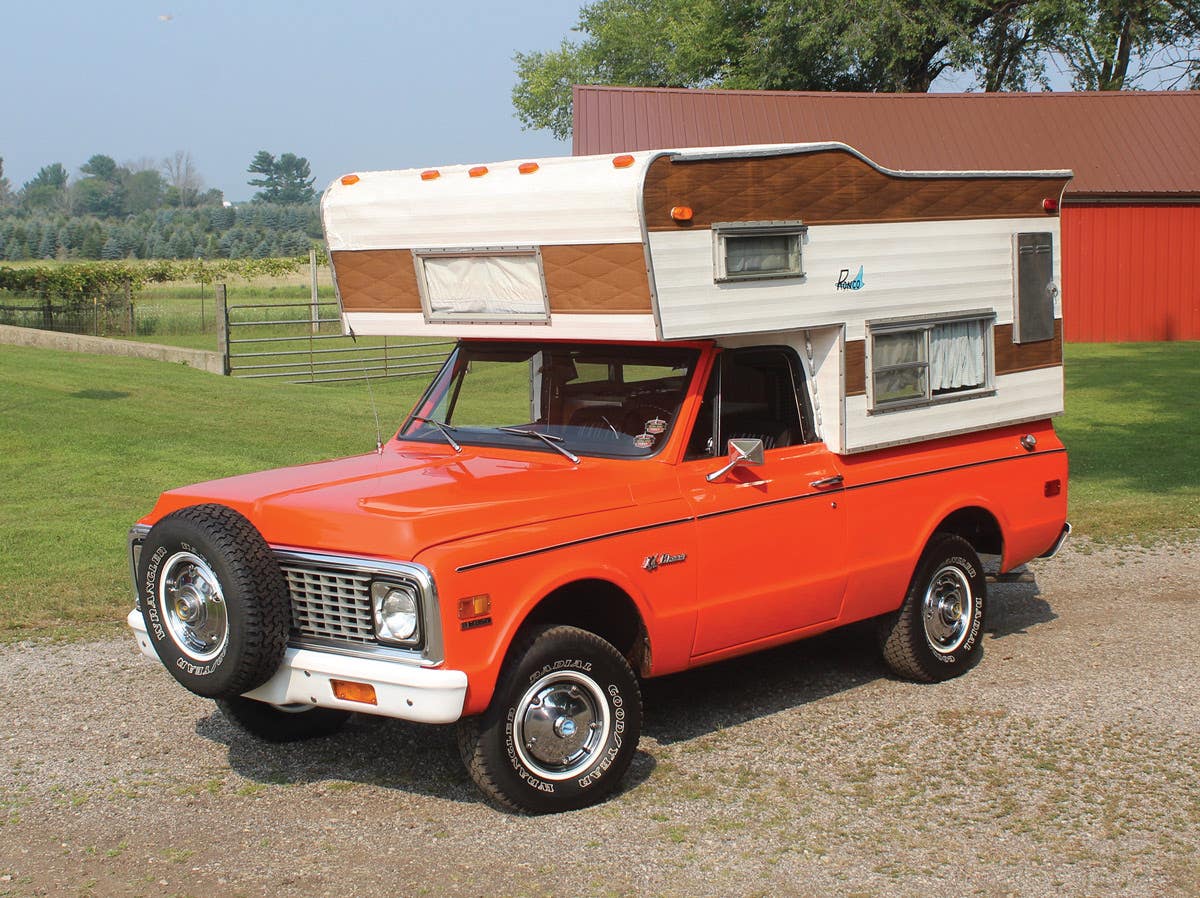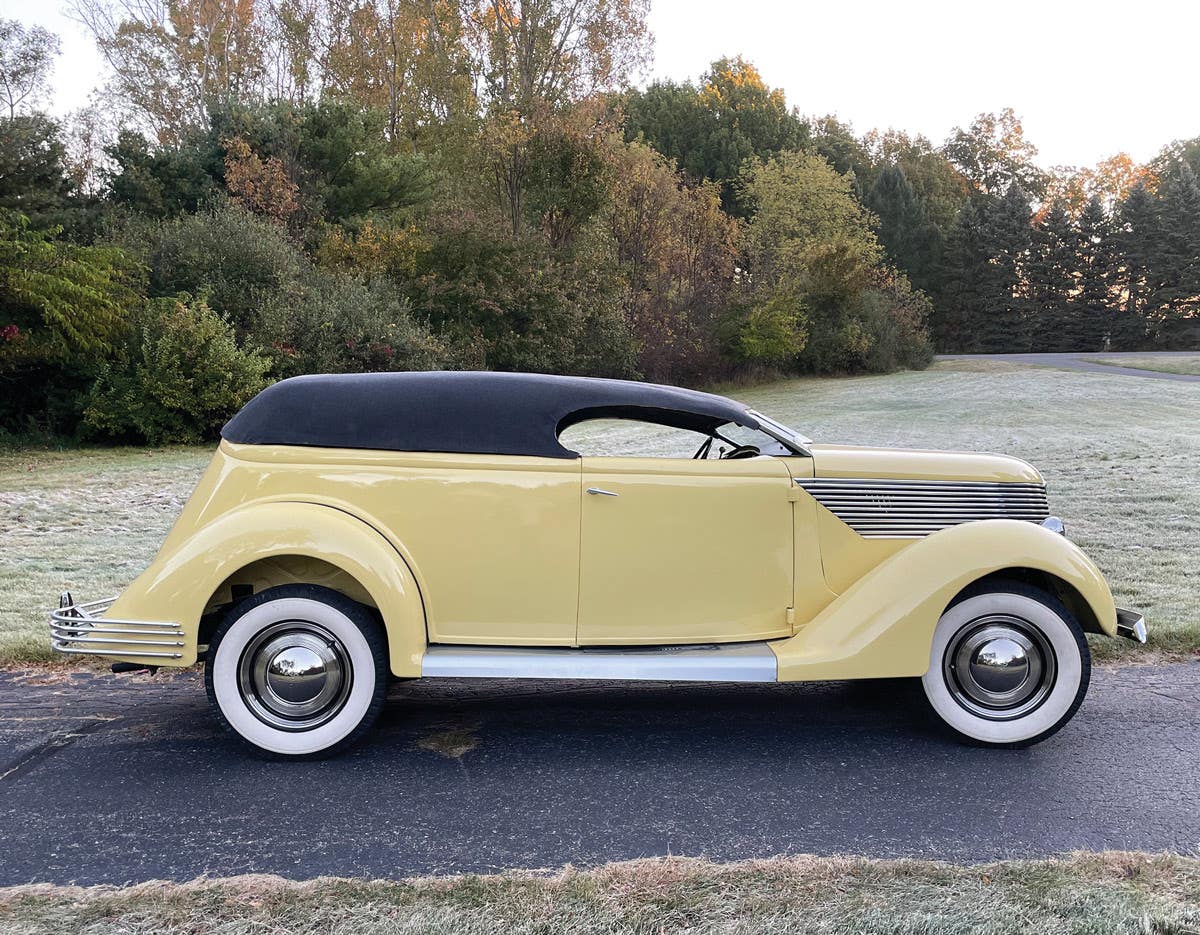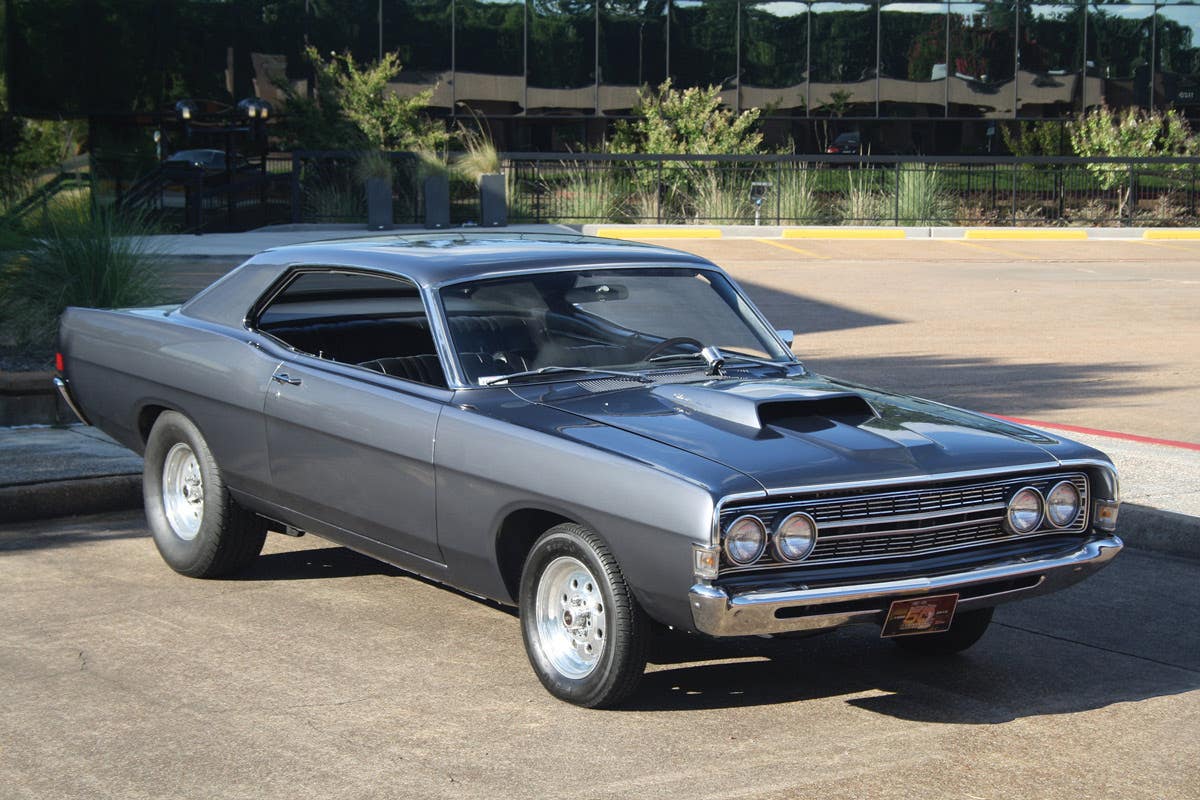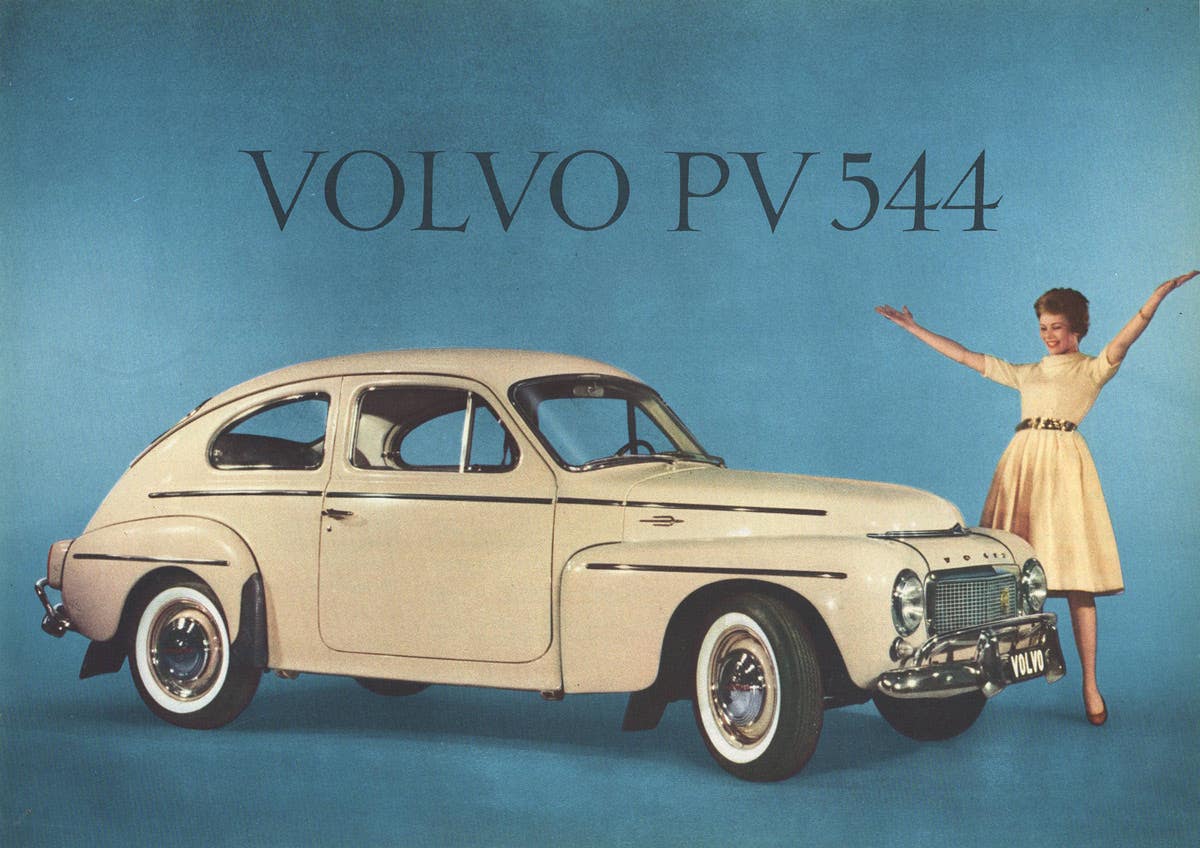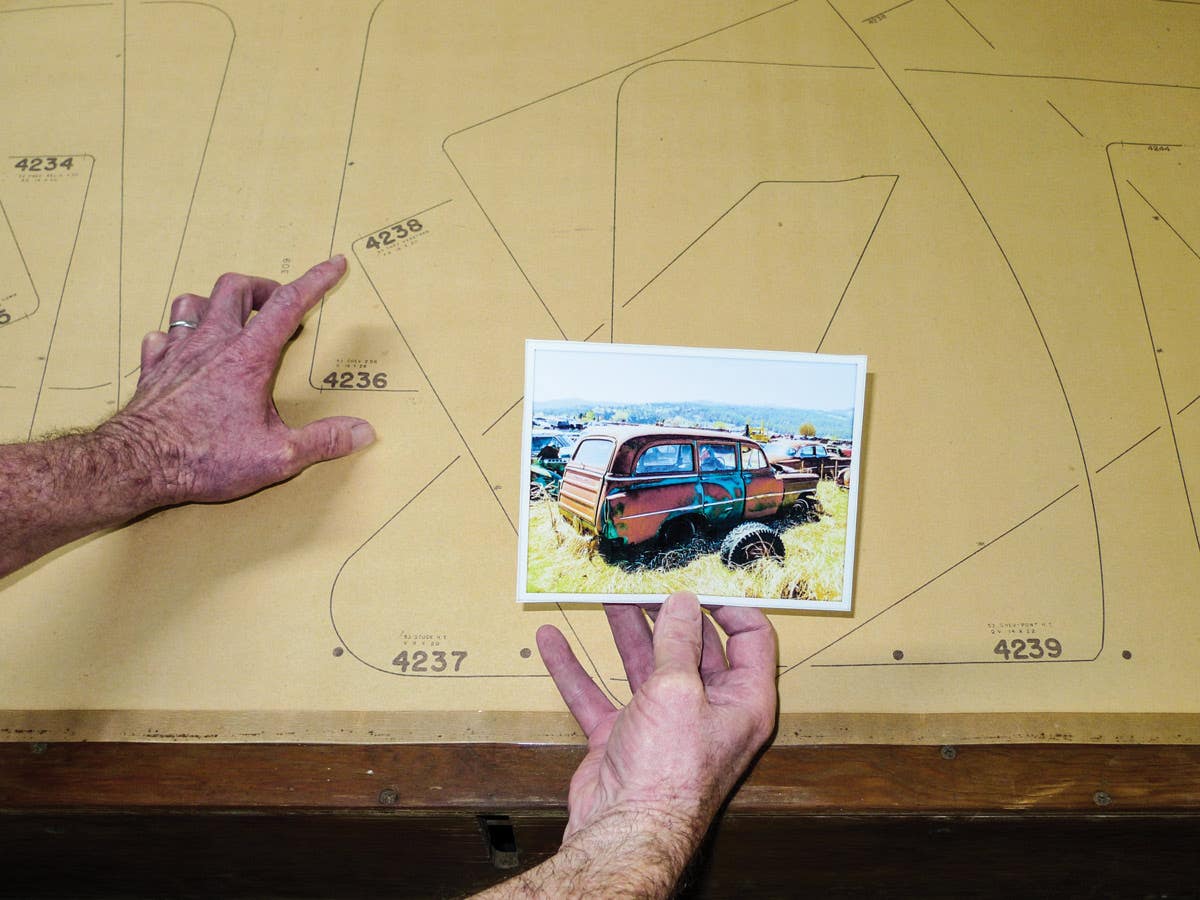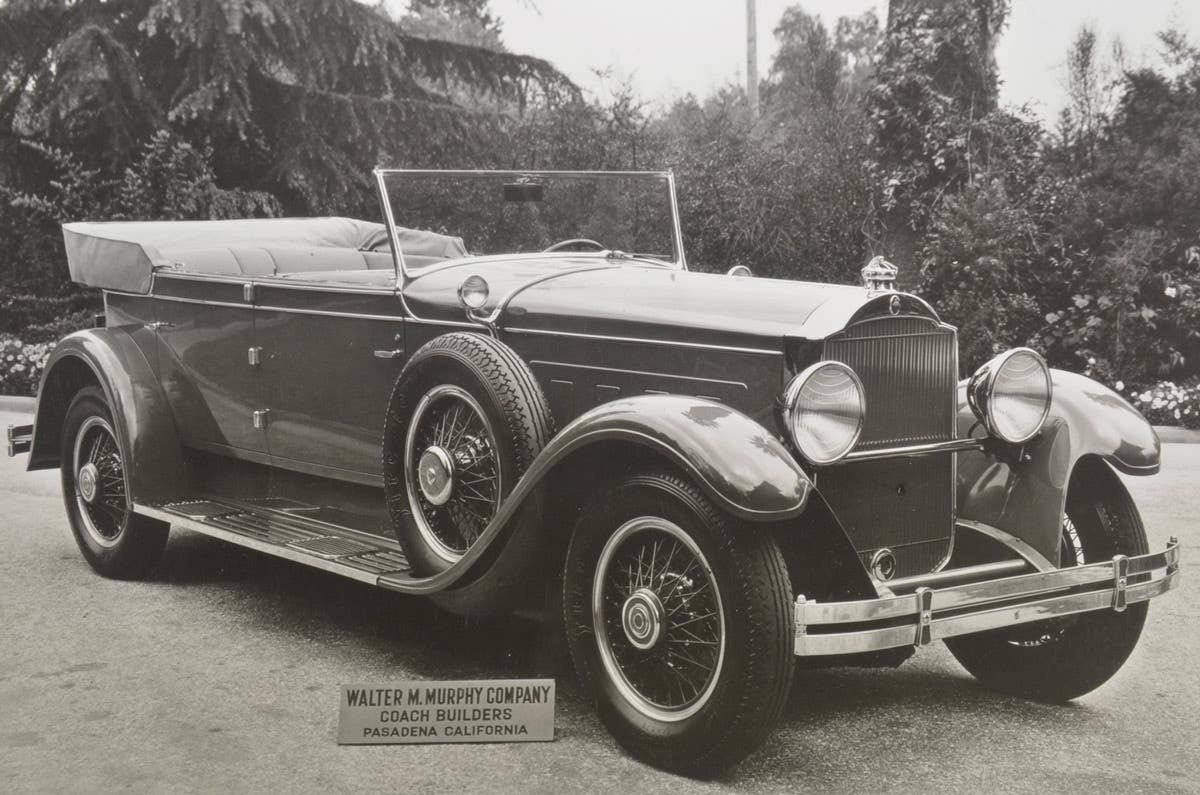Q&A with Kit Foster: May 29, 2014
Q. I have a Pennsylvania Keystone chromed inspection frame (4-1/2” by 4-1/2”), with a plexiglass cover, and a mounting bracket. It appears the piece would be mounted to the front…
Q. I have a Pennsylvania Keystone chromed inspection frame (4-1/2” by 4-1/2”), with a plexiglass cover, and a mounting bracket. It appears the piece would be mounted to the front bumper. The inspection sticker, depicting a keystone, is from 1932. I know a similar keystone was on the 1930 to 1938 stickers. The first Commonwealth of Pennsylvania, Department of Revenue, Bureau of Motor Vehicles, Division of Safety, OFFICIAL MOTOR VEHICLE EQUIPMENT INSPECTION certificate was for Oct. 1 to Nov 15, 1929. NOTE: “Official Inspection Stations will be authorized to affix inspection stickers, and it will be unlawful to operate a MOTOR vehicle for (30) days after Nov. 15, 1929 without evidence of an inspection having been made.” I am making the assumption that there were early motor vehicles (late 1800s, early 1900s) on the roads in Pennsylvania which did not have windows. Does anyone know when glass was first used in motor vehicles? Have you ever seen one of these frames?
— Charles Kihm, Middletown, Pa.
A. Well, cars have had windshields, either original or aftermarket, since the early 1900s, so I can’t imagine there were many cars in Pennsylvania in 1932 (or even 1929) without them. I suspect this is just an accessory item to allow an owner an option other than windshield display. The sticker in your photo has been cut down from the full-size rectangular decals that were issued by the state. Interestingly, they had instructions for mounting: “Wet Windshield, Not Sticker.” I also surmise that the authorities may have frowned on this item, as it facilitated moving a sticker from a car that had been inspected to one that hadn’t.
---------------------------------------------------------------------------------
Q. The unidentified “V16” tool (April 24) is used to hold the steering wheel straight when doing a front end alignment. The lower disc would sit on the seat, while the curved rod would rest on the underside of the rim of the steering wheel. Most of the rods are spring loaded. I worked in dealer service departments from the early ’70s and these tools were always lost.
— Alvin W. Tortoriello, Rockaway, N.J.
A. Thanks. We also heard from Rick Nitz, who says the round base is to rest on the brake pedal and the arm is locked to the seat cushion, to apply brake pressure during alignments. Anyway, it’s an alignment tool.
---------------------------------------------------------------------------------
Q. The “washers” Chet Gandy wants for his voltage regulator (April 24), on the left of the photo, I have in stock and they are not expensive. I also have some other hard-to-find and unique electrical items available. Anybody that is having a hard time finding electrical items is welcome to contact me. If I can’t get it, I will try and get everyone hooked up with someone who can. I will answer all e-mails, and phone calls when I can.
— Todd Heidenreich, Todd’s Auto Electric, Columbia City, Ind.
A. Once again the reader resource round table comes to the rescue. Todd has been an OCW advertiser. You can reach him by email at toddsauto electric@yahoo.com, or telephone 260-244-3606 till 8 p.m. Eastern, Mon-Sat. No Sunday calls, please.
---------------------------------------------------------------------------------
Q. I will be replacing the rear main seal on my 1950 Chevy 216. I’ve read that the originals were made with asbestos, and reproductions with graphite. Does one seal better than the other? (NAPA still sells the “Sneaky Pete” installation tool for this job.)
— Mark Axen, Stony Creek, N.Y.
A. Excellent question, to which I don’t know the answer. Even if asbestos turns out to be better, where would you get one? Readers?
---------------------------------------------------------------------------------
Q. Regarding the Thunderbird with flashing headlights (May 1), older cars had (likely still have) a bi-metal overload breaker on the headlight switch. This is to make the lights flash if an overload happens, allowing the driver to have some lights until he can get off the road safely. If headlights are protected by a fuse and it burns out, suddenly there would be no lights at all. This happened to me on a tractor in a big field, which was bad enough. My guess is newer lights were installed that use more current than lights available in 1955. The system is working like it was designed to do.
— John Richey, Wichita, Kan.
A. Thanks. After I wrote the answer to that question I recalled a similar item back in 2008. In that case it was a 1948 Chevy with flashing headlights, but the diagnosis was the same: a circuit breaker in the headlight switch was opening and closing in response to excessive current draw. If the T-Bird’s headlights are actually the standard units, perhaps the circuit breaker in the switch has become unhealthy.
To submit questions to this column: E-mail angelo.vanbogart@fwmedia.com or mail to: Q&A, c/o Angelo Van Bogart, 700 E. State St., Iola, WI 54990-0001.
Got Old Cars?
If you don't subscribe to Old Cars Weekly magazine, you're missing out on the only weekly magazine in the car hobby. And we'll deliver 50 issues a year right to your mailbox every week for less than the price of a oil change! Click here to see what you're missing with Old Cars Weekly!
More Resources for Car Collectors:
- Classic car price guides, research, books, back issues of Old Cars Weekly & more
- Get expert restoration advice for your classic car
- Get car pricing, data and history all in one place
- Sign up for Old Cars Weekly's FREE email newsletter
- Need to buy or sell your classic car? Looking for parts or memorabilia? Search our huge online classified marketplace



